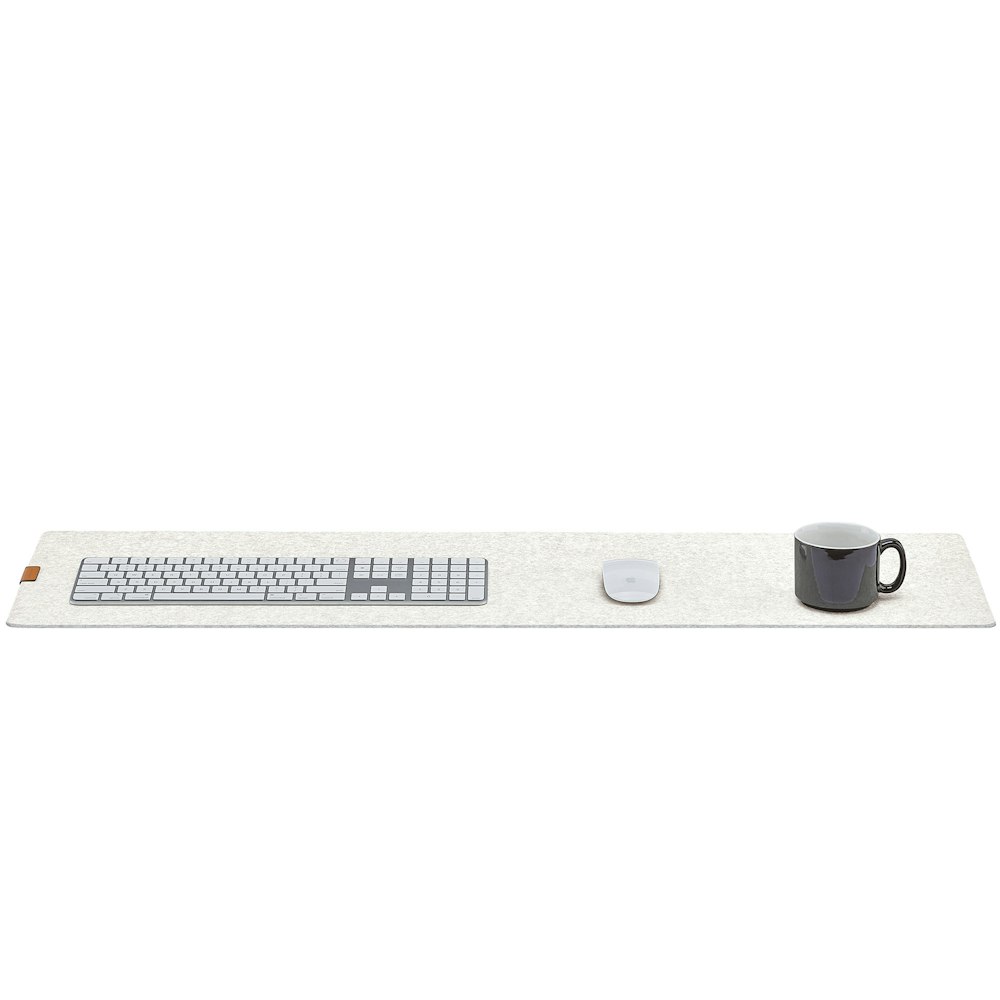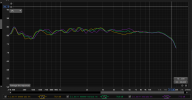I’m lucky enough to live in a city with an acoustic panel manufacturer. They do installations for major corporations mostly, but have an annual garage sale. I was able to pick up a desk sized piece of thick felt for cheap to knock down reflections. There might be something like that in your corner of the world.
these aren't cheap but they come in a range of sizes (up to 49" x 26-1/2"), and colors.

Wool Felt Desk Pad
Small to Extra Large. Organize Your Workspace. Crafted Premium German Merino Wool Felt for Warmth & Softness. Designed & Made in USA. Elevate Your Work Now!
Edit:
I should mention you can get felt desk mats far cheaper on Etsy, but you have to do a lot more due diligence to ensure you get a good product!
Last edited:




